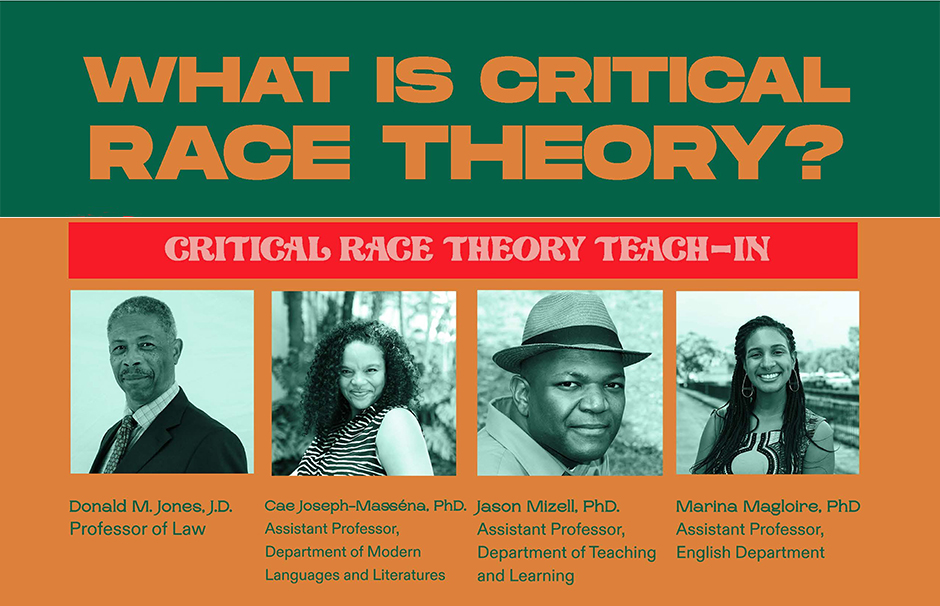Many states and different boards of education all have their different set of rules and policies when it comes to budgeting and what they are going to teach their students. They break down all of this information between public schooling or k-12 and their higher education such as universities. Ballotpedia.org speaks about the public policy of education specific to Pennsylvania.

The article has all of the public policy in Pennsylvania but has a section that discusses education and divides the information into K-12 education, higher education, school choice, and charter schools. The section that discusses K-12 education in Pennsylvania, speaks about the money and how much money is spent per pupil. Breaking down this information and connecting it was information such as graduation rate, how many students end up going onto further education after graduating, etc. On average Pennsylvania spent $13,864 per pupil in 2013, which ranked it 10th highest in the nation. The state’s graduation rate was 85.5 percent in 2013. Is it really necessary to be spending this type of money on students to teach them the basic things that they need? Or are they even being taught what they need to know? IOs that money going to waste? The money brings up a different discussion when it comes to education and it is that many people correlate money with the level of education a student is receiving. They think that just because they are spending more money on a student’s education that they are going to be getting the best education possible when this may not be true in most cases. Even if a lot of money is spent it does not guarantee the student a full-time education and successful future as the article states, and it was mentioned prior in the blog, but Pennsylvania spent nearly $14,000 per student while only 85% of those students are graduating. Others may argue that alternative education may benefit students, not because of the price but because the schools have to offer. The article speaks on this topic saying “Proponents argue that school choice programs improve educational outcomes by expanding opportunity and access for historically disadvantaged students. In addition, advocates claim that school choice programs empower parents and improve traditional public schools through competition.” This is one side of the argument but others may also say that private or more “traditional” education might lock their child down and keep them from expanding their horizons when it comes to picking hobbies, being creative, or even deciding what they would like to do in the future for the college. Many private schools, being described as traditional, are just like that, traditional. Many of them are either religious, follow outdated and nonprogressive rules, and deny students more opportunities.
The article also speaks on higher education in terms of money and how much students in Pennsylvania are spending to get this further education. The question continues to be asked, does more money mean a better education? If so, why is that the case? Are we not all allowed to get the best education for ourselves, our children, for our children’s children? Pennsylvania has a lot to offer in terms of higher education with 260 colleges and universities. Of these, 62 are public institutions, 124 are nonprofit private schools, and 74 are for-profit private institutions. But the main issue that the article introduces is cost and student debt saying “Average debt held by college graduates in Pennsylvania amounted to about $33,264, ranking third highest in the country.” Is education a privilege with this sort of cost? Students at The Pennsylvania State University are paying over $50,000 for out-of-state tuition just to get an education that is supposed to help them kick start their lives. If education and a degree are necessary to be in the workforce in America, then why must it be so much? In basic public education, students are told about the expenses of college and how much it is and this may turn some students to not want to participate in higher education, but then they are told that they will have no good, stable future without this education.
Living in a world and a state of society where education is something that is deemed necessary yet is almost unattainable is a hard world to be living in for the future of America. Students are taught the basics in high school and they are set off into higher education and the real world all on their own and are lost and confused as nothing has prepared them for this sort of lifestyle. Although one can argue (such as myself) that high school and basic K-12 education does not teach students much, the one thing it does teach them is that being successful is not easy, nor is it cheap.
